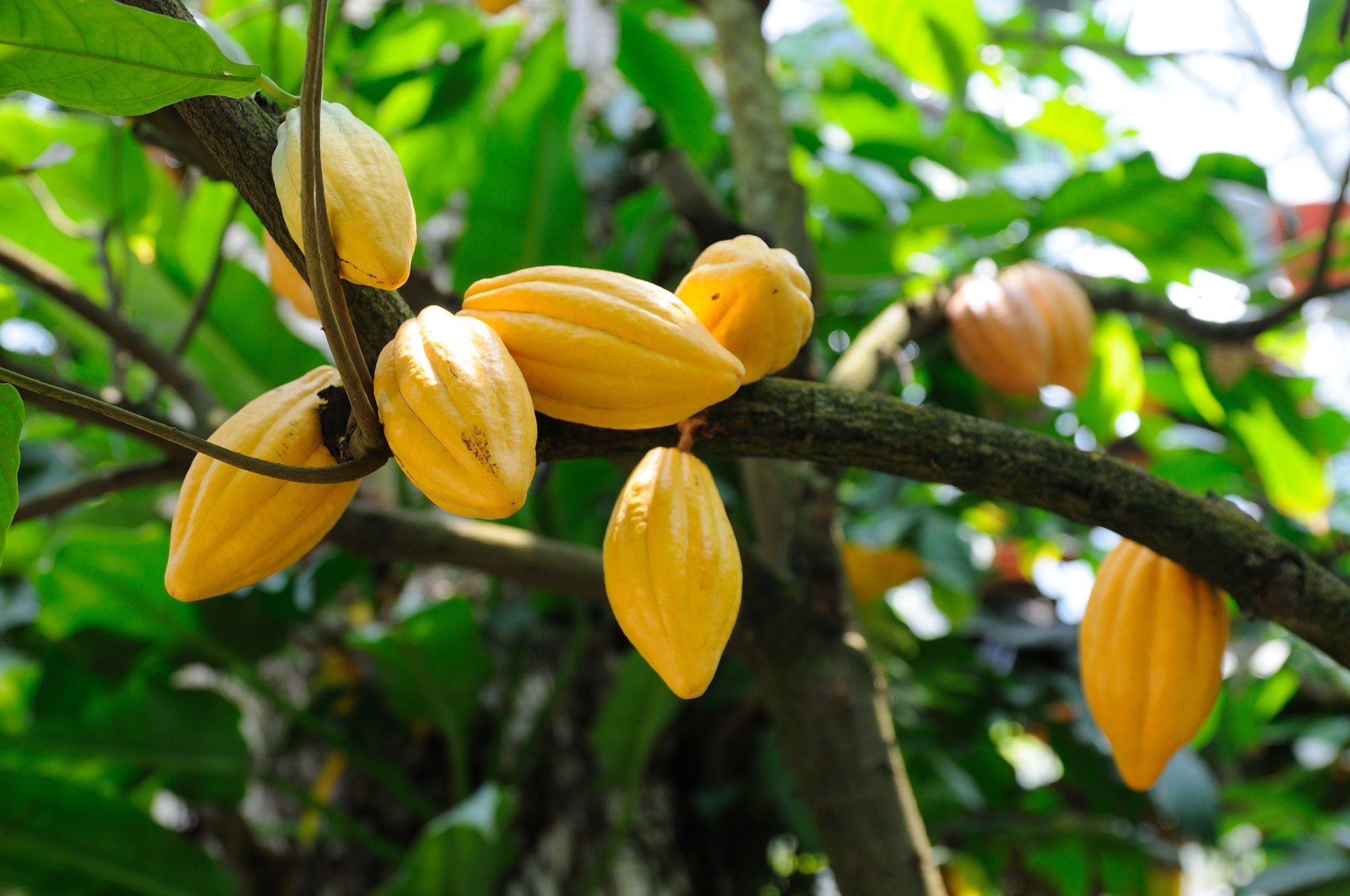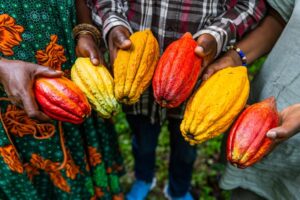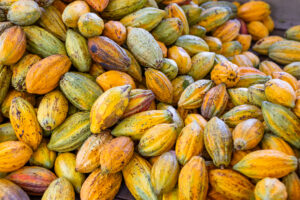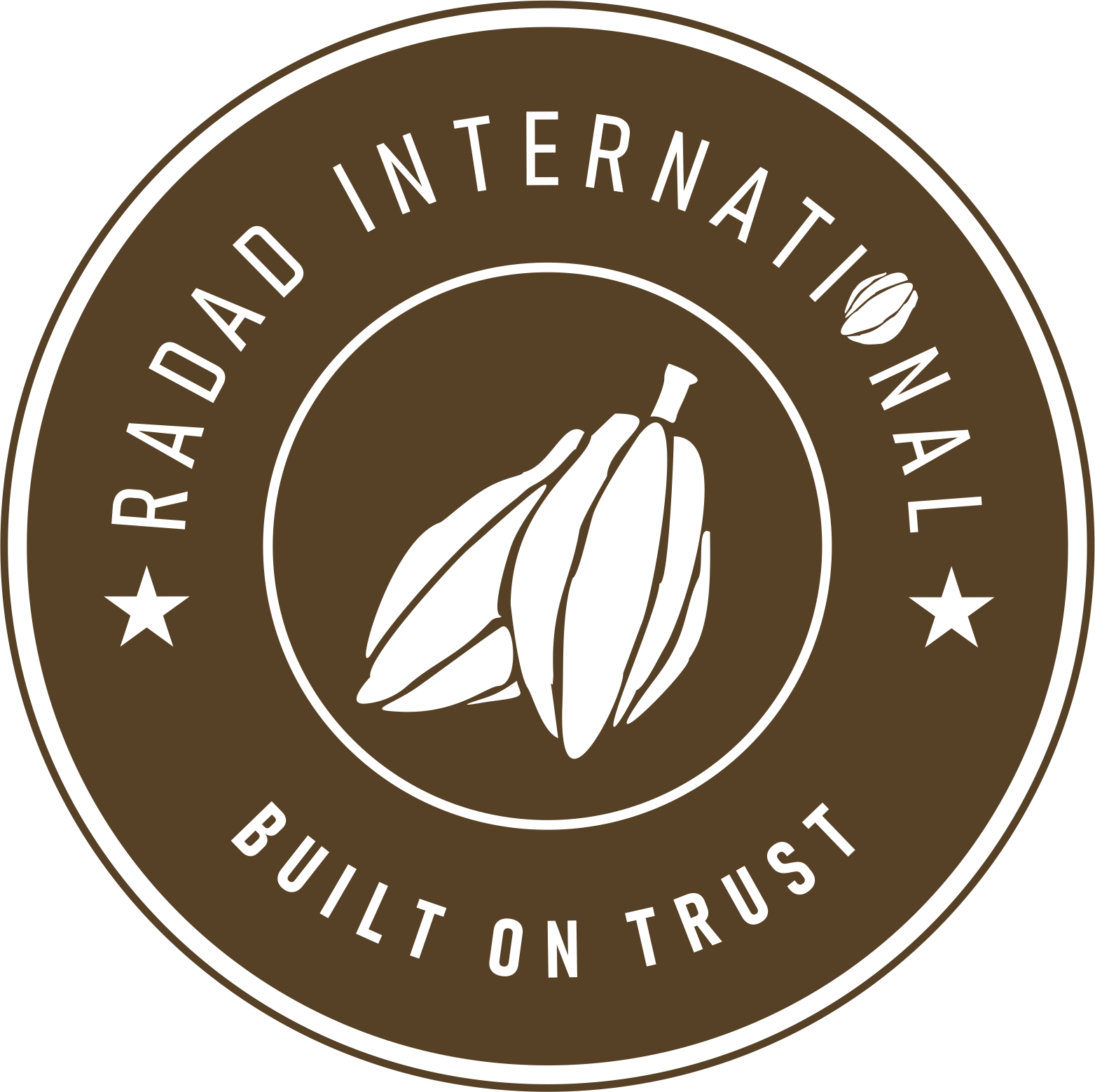Cocoa is more than just the stuff we use to make chocolate. It’s a powerful, versatile ingredient with a wide range of uses across different industries. From food and beauty to pharmaceuticals and wellness, cocoa products—like cocoa powder, cocoa butter, and cocoa extract—have become essential components in many everyday items.
Let’s look at the top 5 industries that use cocoa products, how they use them, and why cocoa continues to be in high demand across the globe.
1. Food & Beverage Industry
This is the most obvious one. Cocoa is the backbone of the food industry, especially when it comes to chocolate, desserts, and snacks. But the way it’s used goes far beyond your regular chocolate bar.
Cocoa Powder in Food
Cocoa powder is a key ingredient in baking. It adds flavor, color, and texture to a variety of products such as cakes, cookies, brownies, muffins, and even breads. Pastry chefs and home bakers alike rely on cocoa for baking because it gives that rich, chocolatey taste people love. Some recipes use natural cocoa powder, while others call for alkalized or “Dutched” cocoa, which has a smoother, less acidic flavor.
Cocoa powder is also used in breakfast cereals, energy bars, hot cocoa mixes, ice cream, and puddings. It’s a common base for flavored drinks—both dairy and non-dairy—and sometimes even in savory sauces like mole.
Cocoa Butter in Confectionery
Cocoa butter, the edible fat extracted from cocoa beans, is essential in chocolate production. It’s what gives chocolate its smooth texture and the ability to melt perfectly in your mouth. Apart from that, cocoa butter is used in making white chocolate and truffle fillings, as well as in coating nuts, fruits, and biscuits.
Cocoa as a Flavoring
Food manufacturers use cocoa as a natural flavor in protein shakes, flavored yogurts, and spreads like chocolate-hazelnut paste. It’s a familiar and comforting flavor that appeals to both kids and adults.
2. Cosmetic & Skincare Industry
The second-biggest user of cocoa products is the beauty and skincare world. And no, it’s not just about smelling like chocolate (though that’s a bonus).
Cocoa Butter in Skincare
One of the most popular uses of cocoa in cosmetics is cocoa butter. This creamy, natural fat is packed with moisturizing properties, which is why it’s found in so many skincare products. From body lotions and lip balms to stretch mark creams and hand moisturizers, cocoa butter is used to hydrate and protect the skin.
Cocoa in skincare helps form a protective barrier, locking in moisture. It’s great for dry or sensitive skin and is often used to reduce inflammation, soothe sunburns, and improve skin elasticity.
Cocoa in Haircare
Cocoa extract is sometimes added to shampoos, conditioners, and hair masks. It strengthens hair strands, promotes shine, and adds volume. Plus, its natural antioxidants help protect the scalp from environmental damage.
Cocoa in Cosmetics
The natural color of cocoa powder is used as a pigment in certain makeup products—especially in organic or plant-based beauty lines. It’s not uncommon to see cocoa powder in bronzers, eyeshadows, and tinted balms.
Cocoa in cosmetics is valued not only for its scent and texture but also for its rich antioxidant content, which helps fight skin aging.
3. Pharmaceutical & Wellness Industry
Cocoa has been used in traditional medicine for centuries, and modern science is now catching up with research into its health benefits. Today, cocoa products are included in various supplements, tonics, and wellness products.
Cocoa for Health
Cocoa is rich in flavonoids—natural compounds with antioxidant, anti-inflammatory, and heart-protective properties. This is why you’ll often find cocoa extract in heart health supplements or in products designed to improve blood circulation.
Some supplements also use cocoa to help with:
-
- Lowering blood pressure
-
- Improving brain function
-
- Supporting mood and mental wellness (thanks to its serotonin-boosting effect)
-
- Reducing oxidative stress
Medicinal Use of Cocoa Components
In pharmaceutical formulations, cocoa butter is used as a base for suppositories and ointments. It’s non-toxic, melts at body temperature, and is easy to blend with active ingredients.
This wide range of applications makes cocoa a valuable ingredient in both over-the-counter and herbal remedies.
4. Health & Fitness Industry
There’s a growing demand for functional foods and supplements that support a healthy lifestyle, and cocoa fits right into this category.
Cocoa in Protein Shakes & Bars
Fitness enthusiasts love products that combine nutrition with flavor. Cocoa powder is commonly added to protein shakes and fitness bars because it gives a delicious taste without adding unnecessary sugar. Plus, it blends well with plant-based proteins like pea, soy, or rice protein.
Some performance supplements also use cocoa extract due to its natural stimulants (theobromine and small amounts of caffeine), which may improve focus and endurance during workouts.
Cocoa-Based Energy Foods
Cocoa is used in making high-energy snacks like trail mixes, energy bites, and granola clusters. It pairs well with nuts, seeds, and dried fruits—making it a favorite in clean eating and whole food circles.
More fitness brands now highlight cocoa as a “superfood” because of its antioxidants, magnesium content, and mood-lifting effects.
5. Pet Care Industry
Yes, cocoa even finds its way into the world of pet care—though with a big disclaimer. While cocoa and chocolate are toxic to dogs and cats, some cocoa by-products (safely processed and non-toxic) are used in pet grooming and wellness products.
Cocoa Butter in Pet Products
Just like in human skincare, cocoa butter is used in paw balms, nose creams, and moisturizing sprays for pets. These products are made to soothe cracked paws, dry skin, and irritated areas—especially in winter.
Cocoa butter is safe when applied topically and can help protect animals from the elements. Of course, any edible cocoa ingredient is strictly avoided in pet food due to the theobromine content.
How Cocoa Suppliers Play a Key Role
All of these industries rely on trusted cocoa ingredient suppliers to ensure the quality and consistency of their products. Whether it’s cocoa nibs for gourmet chocolate makers or pharmaceutical-grade cocoa butter for medical creams, the demand for clean, well-sourced cocoa continues to rise.
High-quality cocoa must be processed and stored correctly to preserve its nutritional value, flavor, and purity. That’s why manufacturers often work with certified suppliers who can deliver cocoa products tailored to their specific applications.
Conclusion
From baking brownies to moisturizing your skin, cocoa plays an important role in our everyday lives. Its versatility makes it a top choice in multiple industries—from food and beauty to health and wellness.
And with the rise of natural products and conscious consumerism, cocoa’s value as a functional ingredient continues to grow. Whether you’re enjoying a cup of hot cocoa or applying a cocoa butter lotion, you’re part of a global network of industries that rely on this amazing bean.
Frequently Asked Questions (FAQs)
Q1. Is cocoa butter only used in chocolate making? No, cocoa butter is widely used in skincare and cosmetics. It’s also found in pharmaceuticals and even some pet care products due to its moisturizing and healing properties.
Q2. Can cocoa powder be used in savory foods? Yes, cocoa powder is used in certain savory recipes—like Mexican mole sauce—to add depth of flavor and a slight bitterness that balances out spice and sweetness.
Q3. Is cocoa really good for your health? In moderation, yes. Cocoa is rich in antioxidants and flavonoids that can support heart health, brain function, and mood. However, the health benefits are strongest in dark, minimally processed cocoa with low sugar content.
Q4. How is cocoa used in cosmetics? Cocoa is used in cosmetics as both an ingredient and a pigment. Cocoa butter provides deep moisture, while cocoa extract is rich in antioxidants that protect and nourish the skin.
Q5. What industries are the biggest buyers of cocoa ingredients? The largest buyers are the food and beverage industry, followed by cosmetics/skincare, pharmaceuticals, health and fitness products, and (to a smaller extent) pet care.
Q6. Is cocoa powder the same as cacao powder? Not exactly. Cacao powder is made from raw, cold-pressed cocoa beans, while cocoa powder is usually roasted and may be alkalized. Cacao retains more nutrients but has a more bitter taste.
Q7. How can I find a reliable cocoa ingredient supplier? Look for suppliers with certifications (like Fair Trade or organic), strong sourcing practices, and a clear understanding of your industry needs—whether it’s for food-grade, cosmetic-grade, or pharmaceutical-grade cocoa.
If you found this guide helpful and want more deep dives into cocoa’s many uses or are looking for a trusted cocoa supplier, feel free to reach out—we’ll be glad to help you explore more cocoa-based opportunities.







